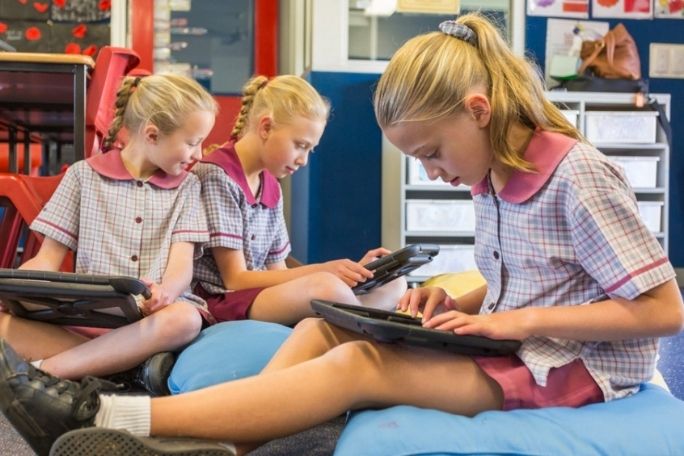Lesson summary
This lesson forms part of a Design Thinking Unit in which students identify issues relating to recycling, build an understanding of the impact that not recycling can have in their own community, work to find and prototype a solution, then take action in their community that addresses the issues they have identified. In this lesson, students will gather information about habits and attitudes in order to build empathy with their school community. They will complete surveys, interviews, observations and audits planned in a previous lesson and then discuss, analyse and share their findings. Students will begin to develop ideas for action based on the information they have gathered in the next lesson.
Learning intentions:
Students will...
- understand what an end-user is
- be able to empathise with end-users
Success criteria:
Students can...
- survey, interview and/or observe community members’ perspectives on and habits relating to recycling
- conduct surveys and interviews to find out about the issue of recycling
- consider the reasons for differing points of view
- record and display data, making use of charts, tables and graphs
Lesson guides and printables
Lesson details
Curriculum mapping
To view our Australian Curriculum alignment click here.
To view our NZ Curriculum alignment click here.
Unit of work: Visy Education – Using Design Thinking to Solve Problems – Year 5 & 6.
Time required: 120 mins.
Level of teacher scaffolding: Medium – tasks within the Design Thinking unit are designed to encourage students to work independently and in groups to develop their own ideas and actions. The teacher will need to observe and monitor groups, conferencing when appropriate and providing support to interpret and present data and plan and implement actions.
Resources required
- Device capable of presenting a video to the class.
- Design Thinking Workbook (one per student, retained from the previous lesson)
- Example Empathy Map
- Example poster
Skills
This lesson is designed to build students’ competencies in the following skills:
- Collaboration
- Communication
- Community engagement
- Critical thinking
- Empathy
- Ethical understanding
- Global citizenship
- Social skills
Additional info
This lesson has been developed in partnership with Visy. For over 70 years Visy has been committed to finding sustainable solutions for Australia and New Zealand’s recyclables and helping to reduce local landfills. Visy collects, receives and sorts paper, cardboard, glass, plastics, steel and aluminium from households, businesses and schools with the purpose of reusing these products in the re-manufacture of new packaging products.


Welcome back!
Don't have an account yet?
Log in with:
By signing up to Cool.org you consent and agree to Cool's privacy policy to
store, manage and process your personal information. To read more, please see
our privacy policy here(Opens in new tab).
Create your free Cool.org account.
Many of our resources are free, with an option to upgrade to Cool+ for premium content.
Already have an account?
Sign up with:
By signing up to Cool.org you consent and agree to Cool's privacy policy to
store, manage and process your personal information. To read more, please see
our privacy policy here(Opens in new tab).